Today, we are looking at the new iBasso DX180 DAP. It retails for $529 USD.
Disclaimer: Paul from iBasso sent us the DX180 for this review. I only covered the import taxes and fees. All thoughts and experiences with the product are naturally my own.
iBasso
iBasso Audio is a well-known audio manufacturer that has been designing high-quality portable audio products since its launch in 2006. Based in Shenzhen, China, iBasso has been dedicated to delivering exceptional devices to audiophiles and music enthusiasts worldwide.
With an uncompromising commitment to research and development, iBasso consistently pushes the frontiers of audio technology, offering a diverse range of products, including digital audio players, amplifiers, DACs, headphones, and IEMs. You can explore their latest offerings through this link.
We recently took a deep dive into the new D16 Taipan DAC / AMP and were shaken by its performance. iBasso has been on a success streak recently. You can check out our D16 review below:
iBasso DX180 – Quad DAC Digital Audio Player
The DX180 is a high-performance digital portable player. It utilizes a NON-SRC Android 13-based open system, offers full 3rd-party application support through various marketplaces, and has the Google Play Store installed. It comes with the iBasso’s latest system controller technology called the FPGA-MASTER 2.0, which regulates everything that is going on inside the device audio-wise. It uses a Quad DAC system featuring Cirrus Logic’s pretty well-known DAC, the CS43131. It is a highly efficient DAC with impressive SNR/DNR and very low power consumption, making it ideal for a portable player. iBasso combines four of them, assisted by an FPGA algorithm to sync and regulate. The device can dish out 690mW power to a 32-ohm load, which is very impressive for a device that is almost half the size of my iPhone 15 Pro Max. The audio PCB is fully balanced. The player comes in three colors: light powder blue, minty green, and midnight black.
The DX180 comes equipped with Qualcomm’s Snapdragon 665 and the system runs on 4 GB of RAM and 128 GB of ROM. iBasso equipped the device with a 3200 mAh battery with QC3.0 and PD3.0 fast charging support. The DX180 is also available in two versions: 3GB RAM with 32GB storage ($469) and 4GB RAM with 128GB storage ($529) the 3GB version is only available at some select distributors.
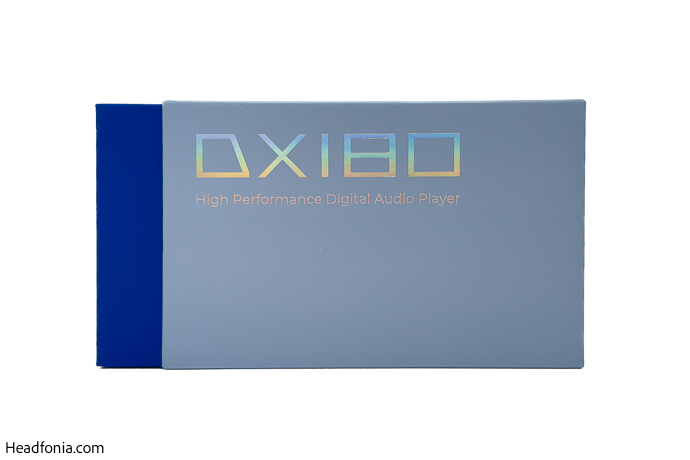
Specs & Highlights
- Snapdragon 665 CPU, 4 GB RAM, 128 GB ROM, Android 13
- x4 CS43131 DAC with FPGA-Master 2.0 System Controller
- Dual NDK Femtosecond Oscillators
- 3200 mAh Replaceable Battery with QC3.0 + PD3.0 Quick Charging
- 4.4mm BAL 690mW @32-ohm | 3.5mm SE 281mW @32-ohm
- Bluetooth 5 – LDAC, AptX HD, SBC, AAC + Wireless 2.4/5Ghz
- Dedicated USB Controller for USB DAC Mode ASIO+WASAPI
- Coax + LO + PO Modes & USB 3.1 with OTG Support
- 4 GB RAM + 128 GB ROM with MicroSD Support up to 2TB
- 5-inch 1080p SHARP LCD Display
- 128 x 75 x 16mm, 206g
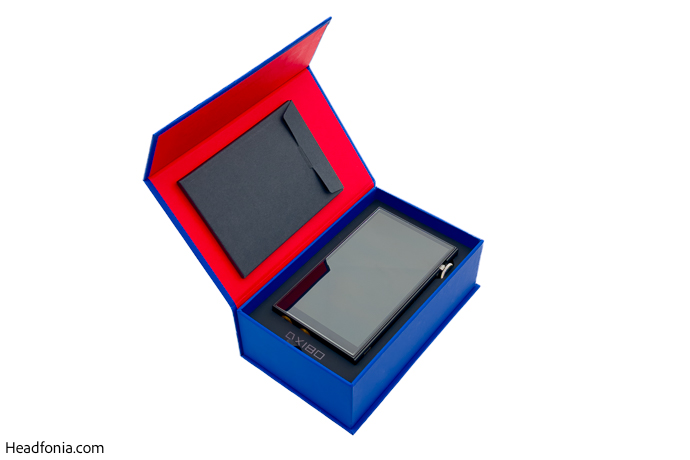
Packaging & Accessories
The iBasso DX180 arrives in a compact package with a baby blue sleeve on top, featuring the model name in chrome letters. Removing the sleeve reveals the main navy blue box with sleek red accented inside.
After opening the lid, the DX180 immediately catches the eye. The screen-to-body ratio was the first thing that caught my attention. Just behind the DAP, there is a compartment for the included accessories. Another small but nice detail is that a tiny envelope containing the manual and warranty card is adhered to the inner side of the box’s flap.
Accessories include a 1.5m long USB 3.1 USB-C cable for charging and data transfer, a transparent TPU case, and three non-tempered screen protectors. While the case provides protection and grip, the attractive design of the device makes using it feel like a crime. You get a good overall package containing the essentials. The inclusion of protection films is lovely, but I would have preferred tempered glass instead, as these films, especially non-coated variants, feel plasticky and not very user-friendly. For those who wish to buy a leather case, I believe iBasso is preparing one. You could also look at 3rd party crafters such as EaseCase or Dignis.
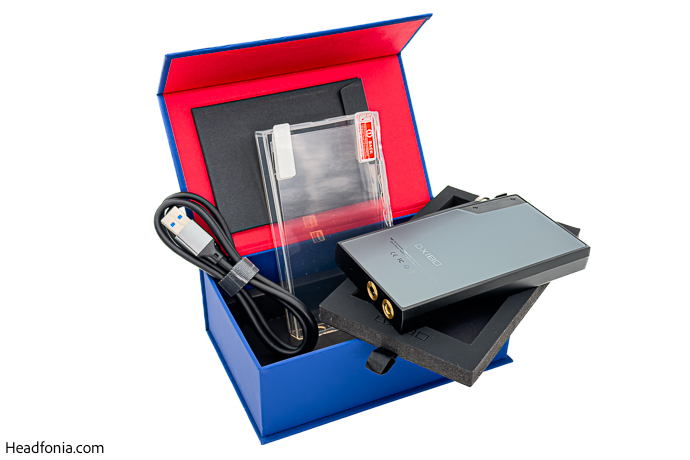
Design & Build Quality
The DX180 is a beautifully designed DAP. iBasso offers the DX180 in blue, green, and black. The player’s aluminum chassis features a frosted back and angular design accents, giving it a sleek aesthetic. iBasso’s designers have skillfully blended modern lines with angular twists that are especially prominent near the volume control side.
The volume knob itself has a grippy texture and a radiant swirl in the center that looks elegant. It feels and looks like an Apple Watch crown. The pot is easy to grip and control, allowing precise, quick adjustments. The feedback from the volume pot is tactile; you feel a slight physical resistance with each adjustment.
In addition, the volume pot doubles as a multi-function button, primarily used to lock the device. Holding it down brings up a menu with options to power off or restart the device. Next to it, there are three buttons that are designed for playback control. These buttons also have a solid, tactile feel.
In terms of inputs and outputs, the DX180 is very well equipped. For headphone output, there is a 3.5mm unbalanced output and a 4.4mm balanced output. Both outputs can be configured as line outputs and deliver 2Vrms, 4Vrms, or 6Vrms of power, depending on the selected output and gain level.
The DX180 also features a single micro-slide-in SD card slot for storage expansion and a USB-C port that supports the USB 3.1 standard as well as QC3.0 and PD3.0 fast charging technologies. These ports are conveniently located on the top rather than the bottom. In addition, the SD card slot is uncapped, allowing the free use of MicroSD to SD adapters.
Overall, the design and build quality of the iBasso DX180 are impressive, especially considering its price point. It strikes a good balance between durability and aesthetics.
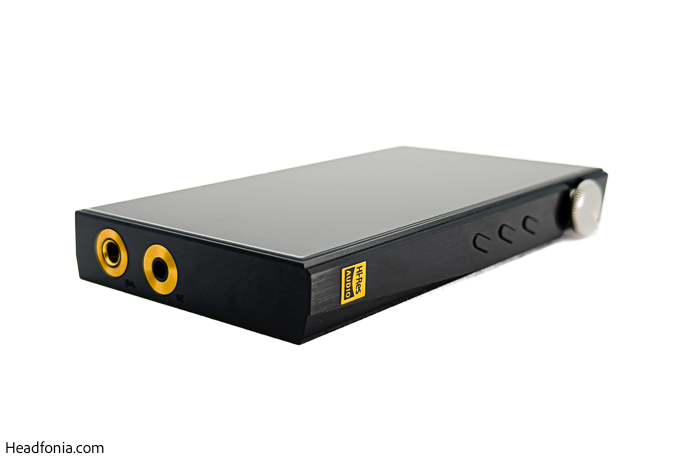
iBasso Cares
I wanted to point out something about iBasso. They have always been a pro-consumer company. Back in the day, we could use Samsung S3 batteries with the iBasso DX90 DAP, and they let us access the internals or at least the battery. As a tech enthusiast, I’ve always loved accessing the internals of tech devices. For the sake of curiosity, along with easy repairability and battery changes, I love iBasso’s approach. It sets them apart from the rest of the industry. Another important aspect is that iBasso keeps manufacturing batteries even for their older devices, such as the DX100, which is more than 12 years old now. So, you’re in good hands; your device won’t go end-of-life (EOL) because of a dead battery in a couple of years.
In the top left corner of the DX180’s backside, we see a small panel that is held by two screws which allow easy access to the inside the chassis, which makes battery replacement an easy 5-minute task. It’s pretty unusual for a modern DAP to have a replaceable battery, so that’s a huge plus. This design choice extends the device’s lifespan, and you won’t have to send the device back to China for a simple battery swap.
The review continues on Page Two, after the click HERE or by using the jump below.
Page 1: iBasso, DX180 DAP, Packaging & Accessories, Design & Build Quality, iBasso Cares
Page 2: Audio Circuitry & FPGA-Master 2.0, Software & User Experience, Mango Player, Battery Life, Bluetooth and WiFi Performance
Page 3: iBasso DX180 Sound Impressions, Technical Capability, Pairing with the D16, Comparison, Last Words






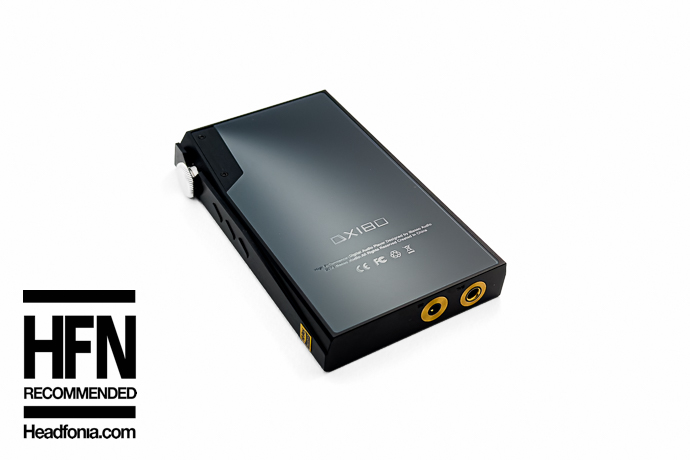

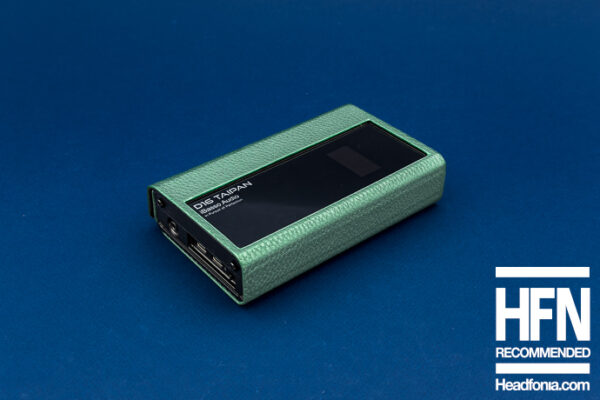
Don
What digital filter did you use/prefer? Did you notice a difference between filters?
Thank you.
Yagiz
Hi Don,
Yes, there are differences between the filters. I have used the D3 and D5 filters extensively. I prefer the D3 when I want sharper note definition, sharper/faster transients, and faster attack-decay.
I also like the D5/non-oversampling, which to my ears sounds the most natural and effortless of the five. The filter effect is minor, but definitely perceptible.